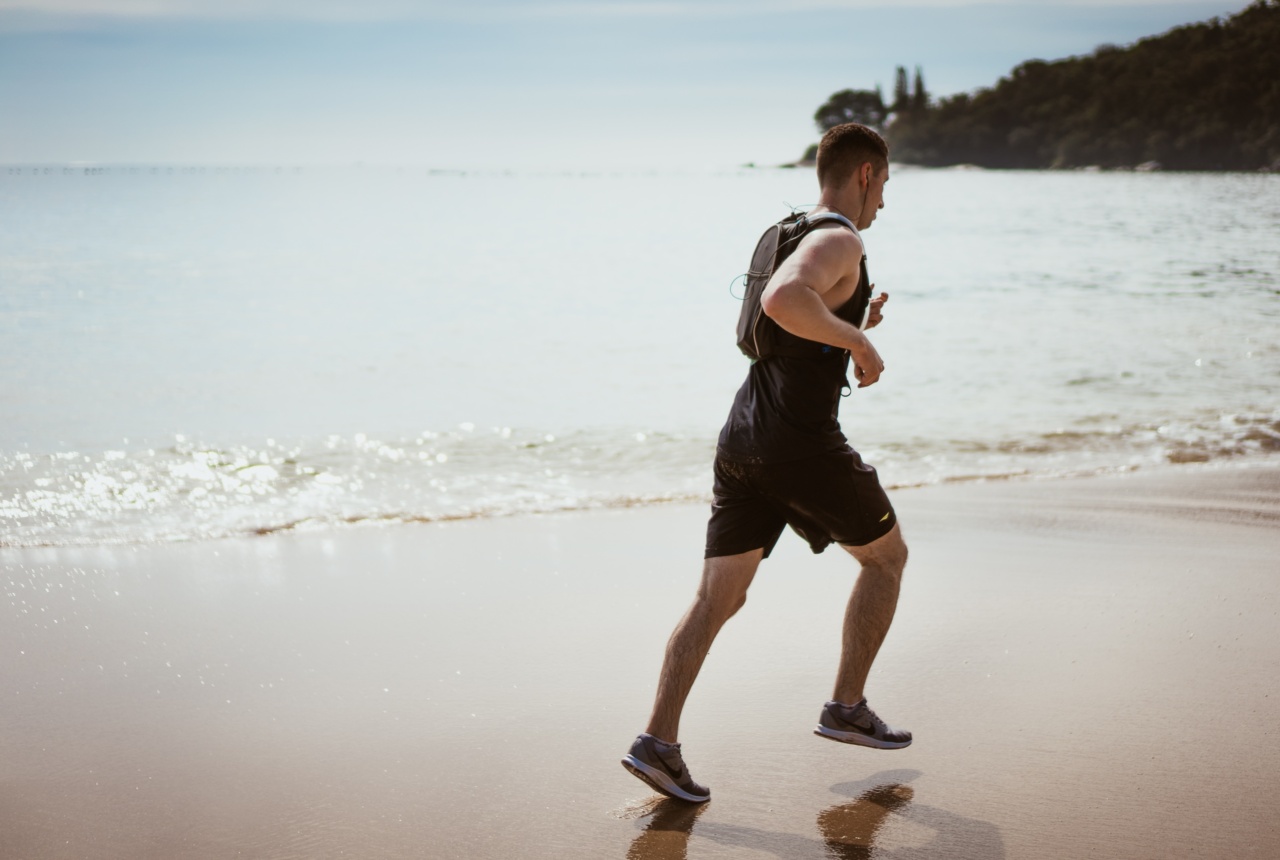Running on the beach can be a fun and refreshing way to switch up your running routine. However, sand and ocean conditions can be unpredictable, and it’s important to take certain precautions to ensure a safe and enjoyable experience.
Here are some beach running basics to keep in mind:.
1. Choose the Right Shoes
Running on sand requires a different type of shoe than running on pavement or a treadmill. Look for shoes with a wide sole and good traction, which will help you grip the sand and avoid slipping.
Many shoe companies make specific beach running shoes, such as the Nike Free RN Distance 2 or the Adidas Adizero XT Boost.
2. Check the Tide and Weather Conditions
Before heading out for a run, check the tide and weather conditions to ensure that it’s safe to do so. Strong winds and high tides can make running on the beach dangerous, so it’s best to wait until conditions are more favorable.
3. Consider the Time of Day
If you’re running on a popular beach, it’s best to avoid peak hours when the beach is crowded. Early morning or late evening runs are often the best times to enjoy a peaceful beach run without having to dodge sunbathers and beachgoers.
Plus, running during these times will also help you avoid the hottest part of the day.
4. Stay Hydrated
Running on the beach can be dehydrating, especially if you’re not used to the heat and humidity. Make sure to bring plenty of water with you and take sips throughout your run to avoid dehydration.
5. Protect Your Skin
Running on the beach means exposure to the sun. Make sure to wear sunscreen with a high SPF to protect your skin from harmful UV rays. A hat or visor can also provide extra protection for your face and eyes.
6. Start Slowly
Running on sand can be more challenging than running on pavement, so it’s important to start slowly and build up your endurance. Start with shorter runs and gradually increase your distance as you become more comfortable.
7. Listen to Your Body
Pay attention to how your body is feeling while you run. If you start to feel tired or overheated, take a break and rest in the shade.
Running on the beach should be a fun and enjoyable experience, so don’t push yourself too hard if you’re not feeling up to it.
8. Watch for Hazards
Beach conditions can be unpredictable, so it’s important to be aware of potential hazards while you’re running. Keep an eye out for rocks, shells, and other debris that could cause an injury.
If you’re running near the water, keep an eye out for waves and ensure that you’re not too close to any harmful marine life, such as jellyfish or stingrays.
9. Stretch Afterwards
After your run, make sure to stretch to prevent any injuries or soreness. Focus on stretching your calves, quads, and hamstrings, as these muscles are used extensively while running on sand.
10. Have Fun!
Beach running can be a fun, invigorating way to get some exercise and enjoy the great outdoors. So, don’t forget to have fun and enjoy the scenery while you’re out there!.
Images to Stay Safe
Here are some images to help you stay safe while running on the beach:.




























